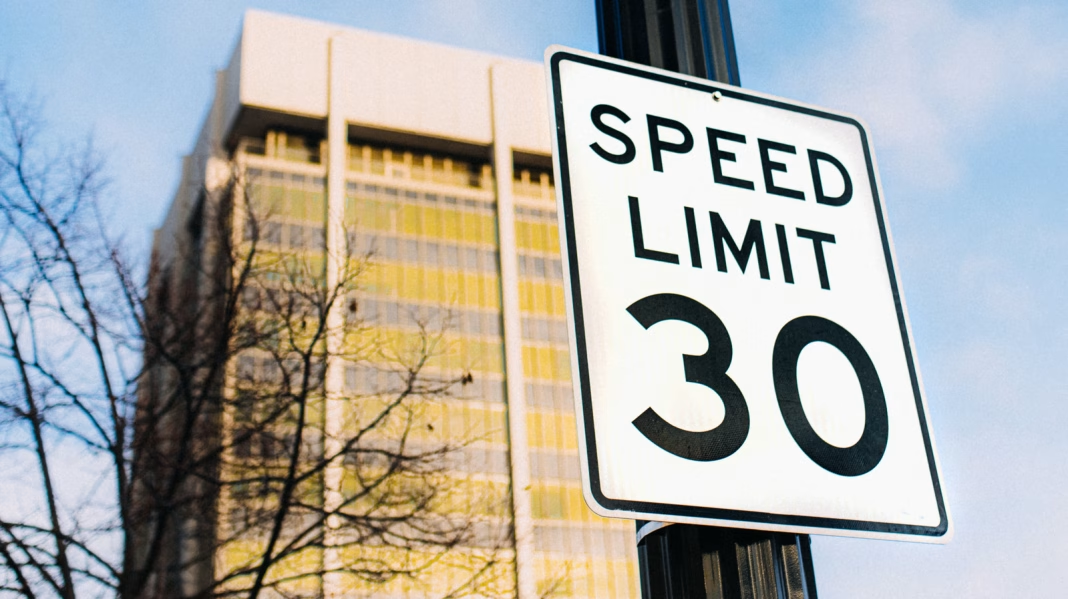Why Are Engineers Rethinking How Speed Limits Are Set?
If you’ve ever wondered why speed limits on certain roads seem oddly high or frustratingly low, you’re not alone. For decades, the standard approach was to look at how fast most drivers were already going and set the limit accordingly. But that method—called the 85th percentile rule—has come under fire. It turns out, just following the crowd doesn’t always lead to safer streets.
So, what’s changing? Engineers are now being asked to look beyond driver habits and factor in two crucial elements: how busy the area is (activity level) and how likely conflicts are between cars, cyclists, and pedestrians (conflict density). This shift could reshape how our roads feel and function.
How Do Activity Level and Conflict Density Change the Equation?
Let’s break it down. Activity level is all about what’s happening around the road. Are there schools, playgrounds, or bustling shops nearby? Are people walking dogs, riding bikes, or pushing strollers across intersections? The more active a street is, the more potential there is for something unexpected to happen.
Conflict density, on the other hand, measures how often different types of road users cross paths. Think of a busy downtown intersection at rush hour, with cars, delivery trucks, cyclists, and pedestrians all vying for space. The higher the conflict density, the greater the risk of crashes.
By focusing on these two factors, engineers can tailor speed limits to the real-world risks of a given stretch of road. For example, a wide suburban road might look safe for high speeds, but if it’s lined with parks and playgrounds, a lower speed limit could make a world of difference for families and kids.
What Does the Research Say About Safer Speed Limits?
Recent studies back up this new approach. According to the National Transportation Safety Board, lowering speed limits in areas with high pedestrian activity can reduce the risk of fatal crashes by up to 36 percent. The World Health Organization also points out that a pedestrian hit by a car traveling at 30 mph has a 90 percent chance of survival, compared to just 50 percent at 45 mph.
Cities that have adopted these data-driven methods—like Seattle and Boston—have seen real results. After lowering speed limits on busy streets, both cities reported significant drops in serious injuries and fatalities. It’s not just about slowing cars down; it’s about making streets work for everyone.
How Will These Changes Affect Drivers and Communities?
Some drivers worry that lower speed limits will mean longer commutes or more tickets. But the reality is more nuanced. When speed limits reflect the true nature of a street—its activity and conflict density—drivers get clearer cues about what to expect. That means less sudden braking, fewer close calls, and a smoother flow of traffic.
Communities also benefit. Lower speeds make neighborhoods more walkable and inviting. Parents feel safer letting their kids bike to school. Local businesses see more foot traffic. And emergency services report fewer severe crashes to respond to.
What Should You Look For in Your Own Neighborhood?
Take a walk or drive around your area. Notice where people are crossing the street, where kids gather, and where traffic feels hectic. If you spot places where the speed limit seems out of sync with what’s happening around you, chances are engineers are starting to take those concerns seriously.
Many cities now invite residents to share feedback on speed limits and street design. Don’t hesitate to speak up—your perspective can help shape safer, more livable streets.
What’s the Real-World Impact of This Shift?
It’s easy to dismiss speed limit changes as just another rule, but the impact is tangible. In Toronto, for instance, lowering speed limits in high-activity zones led to a 28 percent reduction in pedestrian injuries within a year. That’s not just a statistic—it’s dozens of families spared from tragedy.
Engineers are also using new tools, like heat maps of crash data and real-time pedestrian counts, to fine-tune their recommendations. The result? Streets that feel less like racetracks and more like shared community spaces.
The big takeaway? Rethinking speed limits isn’t about perfection—it’s about smarter adjustments. Start with one change this week, and you’ll likely spot the difference by month’s end.


